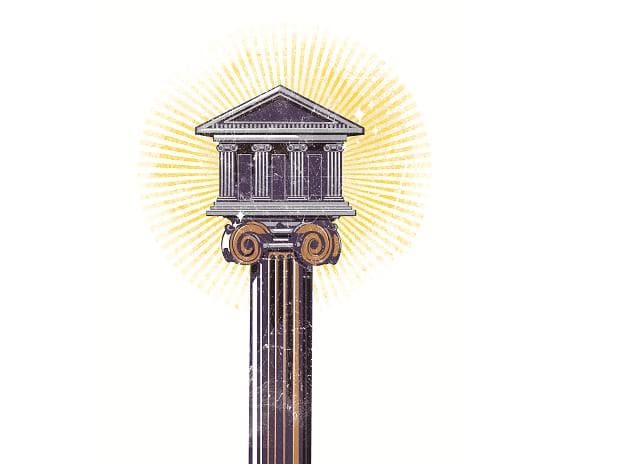The risk aversion in extending credit which grips public sector banks seems to be spreading to private banks as well. This tendency taken to extreme may have an adverse effect especially on economic recovery prospects, according to financial stability report.
Policy measures have so far kept financial markets from freezing up, and eased liquidity stress facing financial institutions and households. Consequently, borrowing costs have ebbed and illiquidity premia have shrunk. Nonetheless, risk aversion and lackluster demand have impeded the fuller flow of finance from both banks and non-banks into the economy, FSR pointed out.
An analysis of wholesale credit growth (lending to corporates and industry) shows that public sector banks (PSB) chose to give money (credit) only to high-quality borrowers. There was a sharp credit contraction across all rating categories except ‘AA and above’, FSR pointed out.
In contrast, private banks registered positive credit growth across all rating categories and across both PSU and non-PSU obligors. This indicates less overall risk aversion among private banks compared to PSBs, even as the latter may be trying to improve their risk management practices. However, the behaviour of Private banks in the past two quarters is in sharp contrast to their behaviour in the past three years, it said.
During 2019-20, there was moderation in aggregate credit growth driven by Private banks, reflecting heightened risk aversion as well as muted demand in sluggish macroeconomic conditions, it added.
Madan Sabnavis, chief economist, CARE Ratings said banks, especially public sector lenders, are more concerned about the risks and are cherry-picking clients. This is good for making the banking system robust. The downside risk is some drag on recovery. Realising this aspect, the government has already come up with a scheme to provide guarantee for lending to micro, small and medium enterprises. Such a cover should be extended to other segments based on due diligence, Sabnavis added.
Referring to the asset quality of banks, the report said a reduction in the overhang of stressed assets continued up to the early part of 2019-20, and fresh slippages were arrested. This was despite a prolonged slowdown in global and domestic growth impinging on credit demand.
Towards the close of the financial year, these slow-moving improvements were overwhelmed and halted by the outbreak of Covid-19. The regulatory dispensations -- moratorium on loan instalments and deferment of interest payments --may have implications for the financial health of SCBs, going forward.
The moratorium – standstill on payments – as a step was announced to mitigate the burden of debt servicing and enable the continuity of viable businesses and households.
Supervised Entities (SEs) have largely implemented these regulatory relief measures. Nearly half of the customers accounting for around half of outstanding bank loans opted to avail the benefit of the relief measures, report said.
The gross non-performing asset (GNPA and NNPA) ratios of all SCBs which had reached 9.3 per cent in September 2019 came down to 8.5 per cent in March 2020. The net NPAs also declined from 3.7 per cent in September 2019 to 3 per cent in March.
The decline in NPAs level masks the impact of moratorium which came into effect from March 1, 2020 and will remain in vogue till end of August 2020, bankers said.
